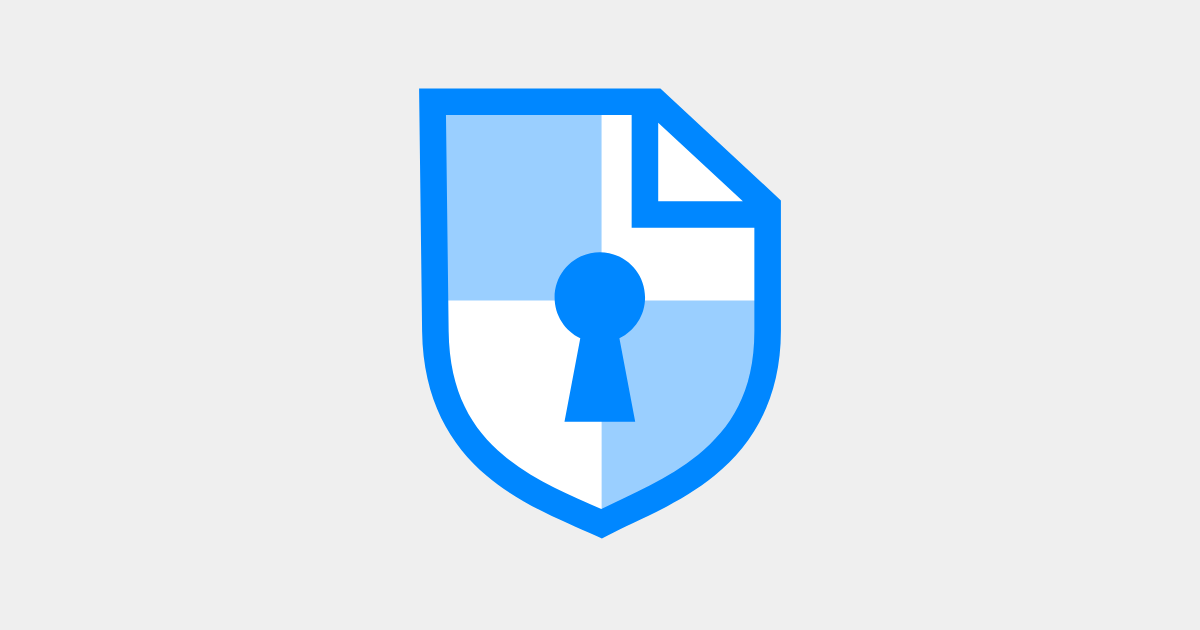

I’m running Proxmox and hate it. I still recommend it for what you are trying to do. I think it would work quite nicely. Three of my four nodes have llama.cpp VMs hosting OpenAI-compatible LLM endpoints (llama-server) and I run Claude Code against that using a simple translation proxy.
Proxmox is very opinionated on certain aspects and I much prefer bare metal k8s for my needs.








“You pay for how many streaming services??? You could start building a decent DVD/BRD collection that you own forever.”
“Yea but I hate swapping disks and I watch on my phone.”
“Gather around, let me tell you the story of a fin made of jelly.”